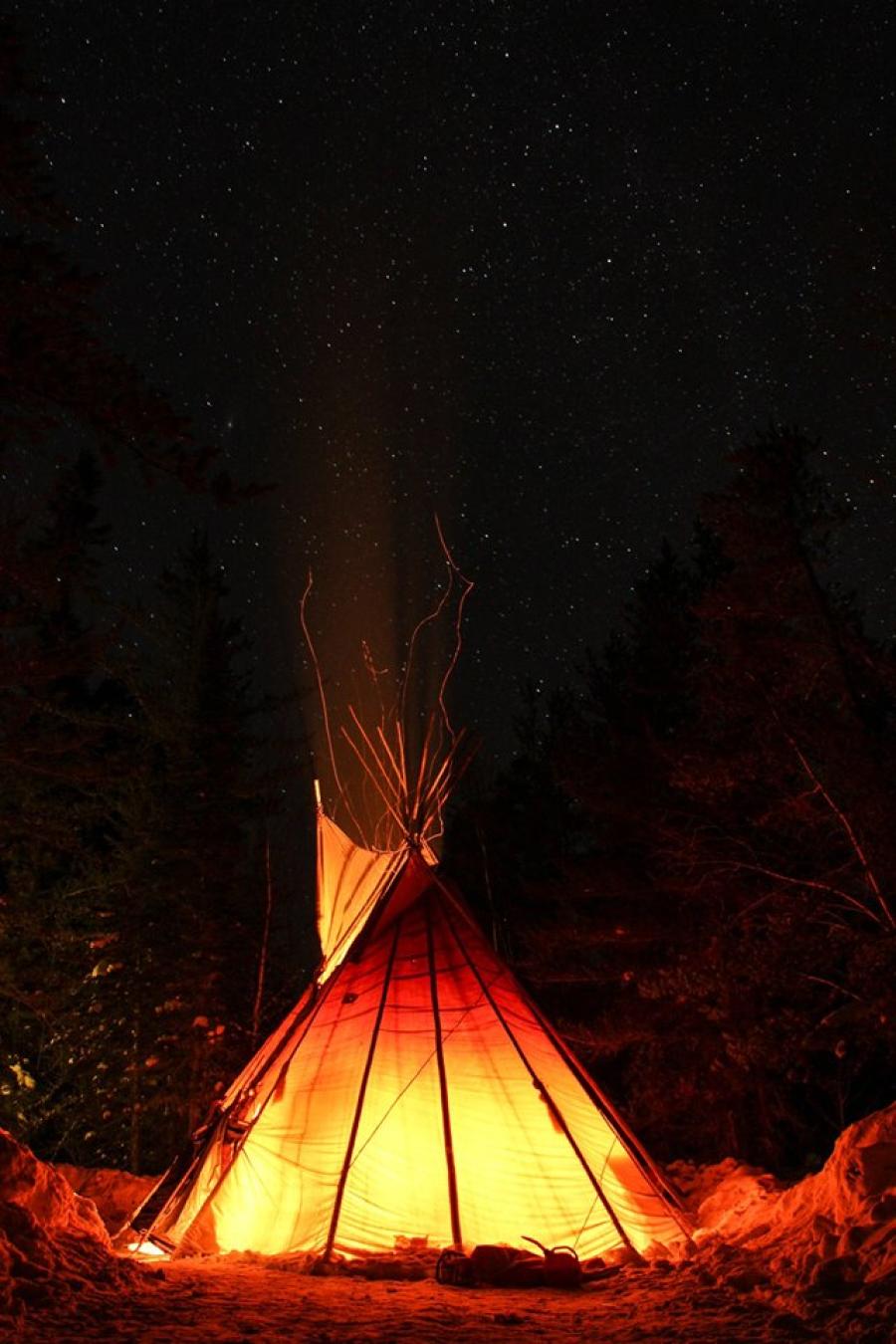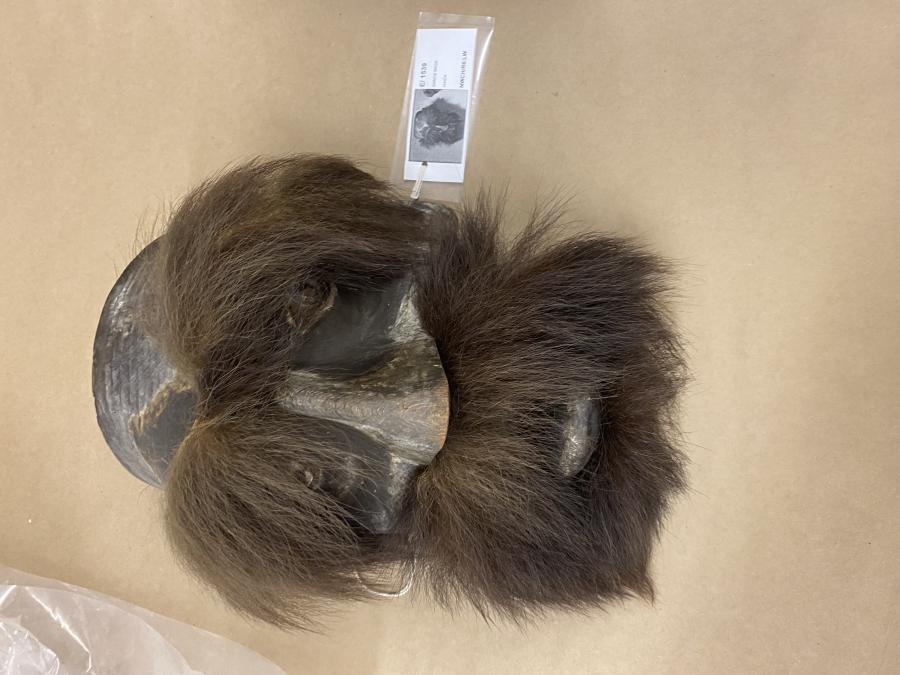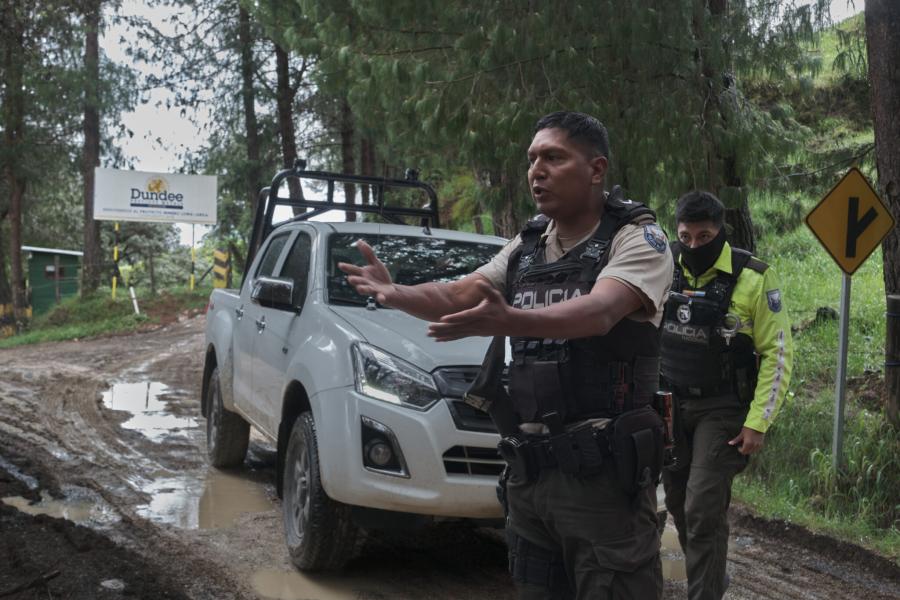In December 1997, the Supreme Court of Canada issued the landmark Delgamuukw Decision on Native land entitlements -- a progressive (some would say activist) decision that in many ways parallels the Australian High Court's Mabo Decision regarding Australian Aboriginal property rights. The ground-breaking ruling for the Git...an and Wet'suwet'en(1) of British Columbia was that aboriginal title was not extinguished by European conquest. Rather, it remains a "burden on the Crown." Welcomed by some Native leaders because it recognizes their oral histories in claims against the state, and derided by its many non-Native critics as the "thin end of the wedge," the decision has caused considerable controversy. The book under review presents the entire text of Chief Justice Lamer's opinion in favor of the appellants. It begins with a commentary by Vancouver Sun columnist Stan Persky which aims to unravel the complexities of the Court decision and also clarify how the decision advances the place of the aboriginal in Canadian society.
As the text of Delgamuukw details, in the early 1990s Git...an hereditary chief Earl Muldoe (Delgamuukw) and a great many other of Git...an and Wet'suwet'en hereditary chiefs sued Her Majesty the Queen in Right of British Columbia and the Attorney General of Canada in their claim for ownership and jurisdiction to 58,000 square kilometers of the province. In order to prove that they occupied their territories, the Git...an identified family totem poles, house crests, and other regalia, and told the court of a sacred oral tradition about their ancestors, territories, and histories -- their adaawk. Likewise, the Wet'suwet'en revealed their kungax, a spiritual song and dance which ties them to their land. Such evidence, however, was deemed unsatisfactory by established Canadian evidentiary standards: it "did not convey historical truth." The British Columbia Court of Appeals balked at the notion of affirming Git...an and Wet'suwet'en aboriginal title and their right to self-government.
Persky then provides a detailed commentary of how, in the 1997 Delgamuukw v. British Columbia Decision, the Supreme Court overturned the ruling of the Court of Appeals.
Throughout both the commentary and the text of the opinion are references to "learning to live together." The intent of the court was clearly to promote the achievement -- through negotiated settlements and with good faith on all sides -- of "the reconciliation of the pre-existence of aboriginal societies with the sovereignty of the Crown." Reconciliation begins with making amends for past wrongs, and land issues are critical to the debate over historical injustices. Who owns the land? Can it be owned? Is the land merely a body of resources underpinning the wealth of the nation, or is its careful management integral to a nation's integrity? Who owns the birds, fish, trees, and grass? The Crown? Indigenous peoples? Reconciliation entails the rewriting of history to incorporate marginalized viewpoints. It clarifies the meaning and significance of the expressions "Canadian" and "aboriginal." With this Supreme Court decision, Canada takes only small, tentative steps towards a rapprochement between its Native and non-Native peoples.
The strength of this slim volume is in the way it begins to piece together an emerging conservative model of aboriginal reconciliation. Unfortunately, commentator Persky errs in merely explaining the ramifications of the decision -- even lending it moral support -- without detailing its shortcomings or even hinting at alternative or Native-inspired models. The Delgamuukw model asks for Native peoples to be reconciled to the notion of their domestic dependent status within the framework of the Canadian state. They must accept as fundamental that their title to land and rights exist "at the pleasure of the Crown," and must bow to national interest. What alternatives does Persky omit?
Contrast the Delgamuukw ruling with the ancient Iroquois (Six Nations) reconciliatory concept of Gayanerakowa, believed by many to be a direct ancestor of the U.S. Constitution and the structure of the U.S. government. (Vachon, 1993) At least 500 years old, this "great law of peace" facilitated the declaration of formal diplomatic relations between the independent Iroquois and the French, Dutch, and English settlers as well as the emerging United States. The substance of the enacted treaties were recorded in wampum -- sacred patterned strings of beads which were employed as aids to memory.(2) With such treaties, each party pledged to live in peace and harmony and fully respect each other's rights to exercise sovereignty within their territories. (Bedford & Robinson, 1997) The Six Nations still consider themselves to have their own country and government. They are independent of, and not subject to, other governments. They will not allow themselves to be absorbed by any process of "Canadaization." (Vachon, 1993)
Delgamuukw v. British Columbia is the clearest statement yet on the nature of aboriginal title to land and how the Constitution protects it. Chief Justice Lamer has insisted that good faith negotiations be carried out between the opposing parties within the framework of the Supreme Court's interpretation of crucial issues -- i.e, taking into account that aboriginal title to land was not extinguished by law or conquest. Distinct from a Crown grant, aboriginal title is sui generis: of its own kind. Such title is not inalienable fee simple (freehold), but neither is it merely "a bundle of rights to engage in certain activities on the land." These aboriginal rights to land can be infringed by provincial governments if it is economically justified or in the national interest. Lamer opined that such infringement entails a duty of consultation: fair compensation is required.
The positive steps taken to reconcile how peoples with different cultural traditions perceive the world are the Decision's principal outcome. The recognition of aboriginal oral history is significant because the stories handed down through the generations are the primary means by which Native nations prove their aboriginal title. The decision strengthens the negotiating position of Canada's aboriginal people in relation to government as it mandates a co-management approach to land and resources. In clarifying the nature of aboriginal title, however, the Court affirms the sovereignty of the Crown over "Canadian" territory and aborigines: the "Canadaization" of its indigenous peoples.
The book is recommended for readers interested in Canada's complex -- and I believe reactionary -- reconciliatory agenda. Persky makes an obtuse legal judgment accessible to a general audience. But the decision's terms of reference need to be clearly understood. As an agency of the Crown, the Court has only limited powers to arbitrate on issues of sovereignty. It cannot challenge that which caused it to exist. How therefore can it be expected to be an effective agency for reconciliation or healing? In terms of partnership-building, the Delgamuukw reconciliatory model is a long way from Gayanerakowa. A state cannot be a party to a treaty or a negotiated agreement or pact between nations and also its adjudicator.(3)
Acknowledgements
Thanks to Derek Rasmussen and Robert Vachon for their constructive comments. References & further reading Bedford, D. & Robinson, F. (1997). The Great Law of Peace: Alternative Inter-Nation(al) Practices and the Iroquoian Confederacy. Social Transformation and Human Governance 22:1, pp 87-111.
Hall, T. n.d.. (In press). The Bowl with One Spoon: Indigenous Peoples on the Frontiers of the American Empire of Private Property. Kingston, Ontario: McGill-Queens University Press.
Vachon, R. (1993). The Mohawk Dynamics of Peace. Interculture 26:1.
(1). The Git...an number some 5,000 people and the Wet'suwet'en some 2,000.
(2). For instance, the Two Row Wampum treaty between the Iroquois and the Dutch in the early 1600s, symbolized by two colored rows of beads set against a solid background, imparted the idea that there was room for both nations on the one river. The great binding law of Gayanerakowa is composed of 117 wampum. Wampum 72-92 codify the principles of international relations. The French, English, Dutch and the U.S. all reneged on their solemn declaration of partnership with the Iroquois.
(3). Queen Anne's declaration of 1704 stands as the benchmark in such deliberations. See Hall (1999).
Article copyright Cultural Survival, Inc.



